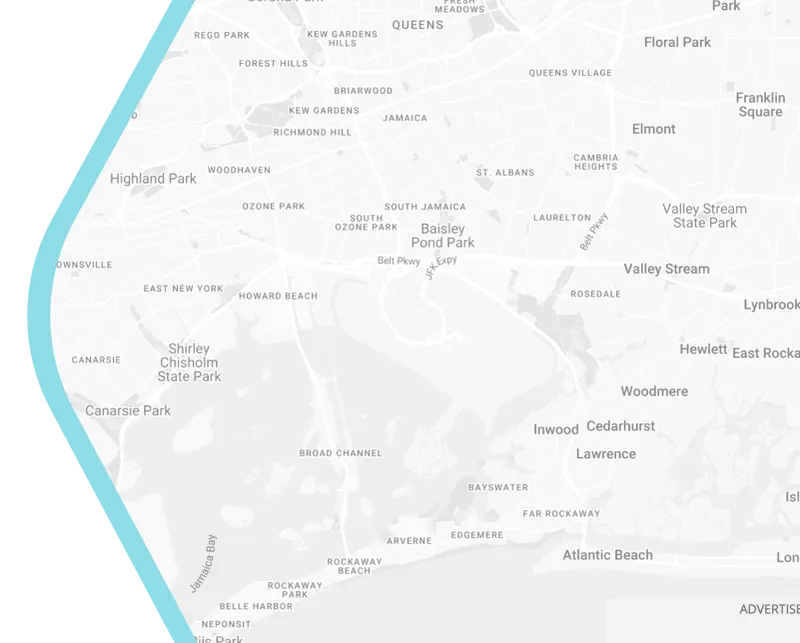.avif)
Urban Planning in Australia: 2025 Trends, Challenges & Smart Solutions
Introduction: Australia’s Urban Tipping Point
By 2025, Australia’s cities will face unprecedented pressures:
- Population: 28.7 million Australians, with 90% urbanised (ABS 2024)
- Climate: 40% more extreme heat days than 2000 (CSIRO 2024)
- Infrastructure: $120 billion backlog in roads/transit (Infrastructure Australia 2024)
This comprehensive guide explores how urban planning in Australia is rising to these challenges through cutting-edge technology, policy reforms, and community-centric design – and what it means for your projects.
Section 1: The 2025 Urban Planning Landscape
1.1 Demographic Shifts Reshaping Cities
Australia’s urban population is undergoing dramatic changes:
Growth Hotspots:
- Western Sydney: +500,000 by 2025
- Melbourne’s northern corridor: +300,000
- South East Queensland: +200,000
Aging Population: 20% of Australians will be over 65 by 2025, requiring universal design standards
Case Study: Parramatta’s 2025 Age-Friendly City Plan
- 5-minute walk to aged care
- Anti-slip footpaths
- Smart benches with emergency alerts
1.2 The Climate Emergency Response
2025 brings tougher resilience standards:
Innovation Spotlight:
- Cool Pavements: Sydney’s Blacktown LGA trials solar-reflective coatings reducing surface temps by 15°C
- Sponge Cities: Melbourne’s Fishermans Bend uses permeable asphalt absorbing 10,000L/min
Section 2: 2025’s Game-Changing Technologies
2.1 AI Revolutionising Planning Processes
Generative Design:
- Case Study: Brisbane City Council’s AI generates 50+ zoning scenarios in minutes
- SmartCitySS Insight: Our UrbanAI platform reduces community consultation time by 65%
Predictive Analytics:
- Melbourne uses machine learning to forecast 15-year infrastructure gaps
2.2 Digital Twins: The Future Is Now
Australia’s most advanced implementations:
- Adelaide City Twin (2025)
- Real-time traffic and emergency simulations
- Perth’s MetaCity
- Tests bushfire evacuation routes via VR
Data Point: 78% of Australian planners will use digital twins by 2025 (PwC Report)
Section 3: State-by-State 2025 Policy Deep Dive
3.1 New South Wales: The Density Challenge
Western Sydney Aerotropolis:
- 200,000 new jobs by 2025
- SmartCitySS Role: Designing the precinct’s IoT network
Controversy: Balancing heritage conservation vs. high-rise development in The Rocks
3.2 Victoria: The 20-Minute City Expansion
2025 Targets:
- 93% of Melburnians within 20 minutes of essential services
- 300km of new bike lanes
Innovation:
- Dynamic Kerbside Management in Fitzroy adjusts parking/loading zones in real-time
Section 4: Overcoming 2025’s Biggest Challenges
4.1 The Housing Affordability Crisis
2025 Solutions:
- Build-to-Rent (BTR) tax incentives
- Example: Melbourne’s YarraBend delivers 30% affordable units
SmartCitySS Tool: Our Housing Affordability Calculator helps councils model impacts
4.2 Infrastructure Funding Shortfalls
2025 Federal Budget Highlights:
- $2.4b for Fast Rail (Sydney–Newcastle)
- $1.1b for Urban Rivers Restoration
Pro Tip: How councils can leverage the City Deals program
Section 5: Your 2025 Action Plan
For Planners
Must-Learn Skills:
- GIS + drone mapping
- Carbon-neutral design
- Community engagement tech
For Developers
2025 Profit Opportunities:
- Brownfield remediation grants
- EV charging mandate compliance
For Councils
SmartCitySS’s 2025 Starter Kit:
- Free policy checklist
- Case study library
- Grant finder tool
Conclusion: Building Tomorrow’s Cities Today
As 2025 reshapes urban planning in Australia, success belongs to those embracing:
✅ Technology (AI, IoT, digital twins)
✅ Collaboration (public-private partnerships)
✅ Resilience (climate-adaptive design)
Book a free 2025 Planning Consultation with SmartCitySS experts Contact Us
